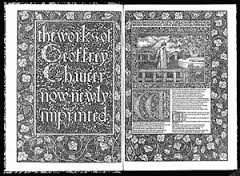By Far one of the most iconic logos of all time is the ABC logo. The logo originally started as a microphone with the letters TV on opposing sides and ABC running directly through the center. Over the years this logo made ABC iconic but it was time to revamp the logo to what our generation knows it as. The black circle with the lower case ABC was brought onto the surface. The designer none other than Paul Rand. Paul Rand was an american graphic designer that created some of the most iconic logos that are still used today and well known. Besides ABC he also produced IBM’S logo, UPS, and Morningstar, just to give a few examples. Since Paul Rands addition to the ABC logo it has not changed much. They introduced a there dimensional logo but it was still based off of Paul Rand’s simple but powerful design. It was still a black circle with the white, lower case letters. The difference the circle was now given highlights and shadows to make it look as if it were a three dimensional object. They then took it back to the basics of Paul Rand’s design. They stuck with the three dimensional aspect of the design but instead of overcomplicating it they stuck with two simple highlights one at the top and one at the bottom. Like many logo ABC went through a series of works until they found a good one to stick with. Below you can see the evolution and slight changes that were made to the logo as time went on. I personally have only ever known the abc logo as the black circle with the white lettering so it was interesting to see the jump from the microphone to Paul Rand’s design. It was also impressive to see how many of today’s logos were introduced by Paul Rand. Next time you see a logo take a deeper look into it you might discover that the designer has made other logos that we are constantly in contact with.












































